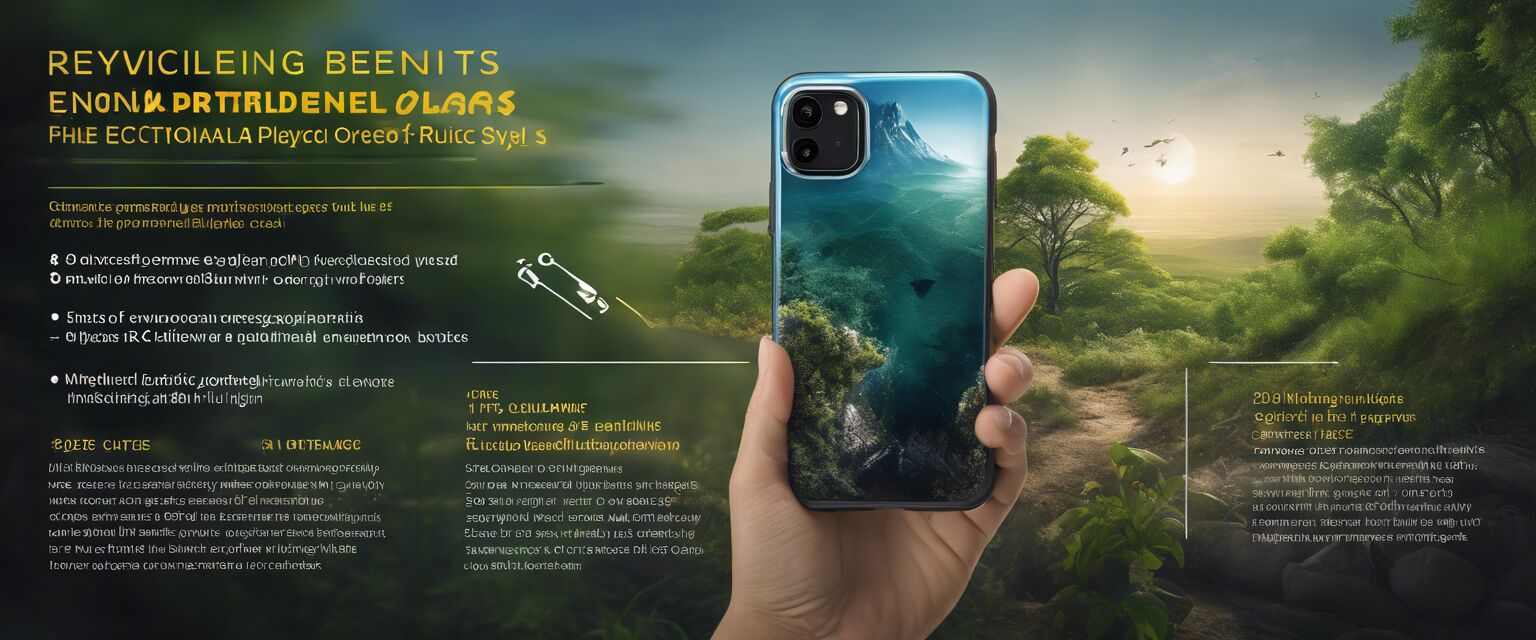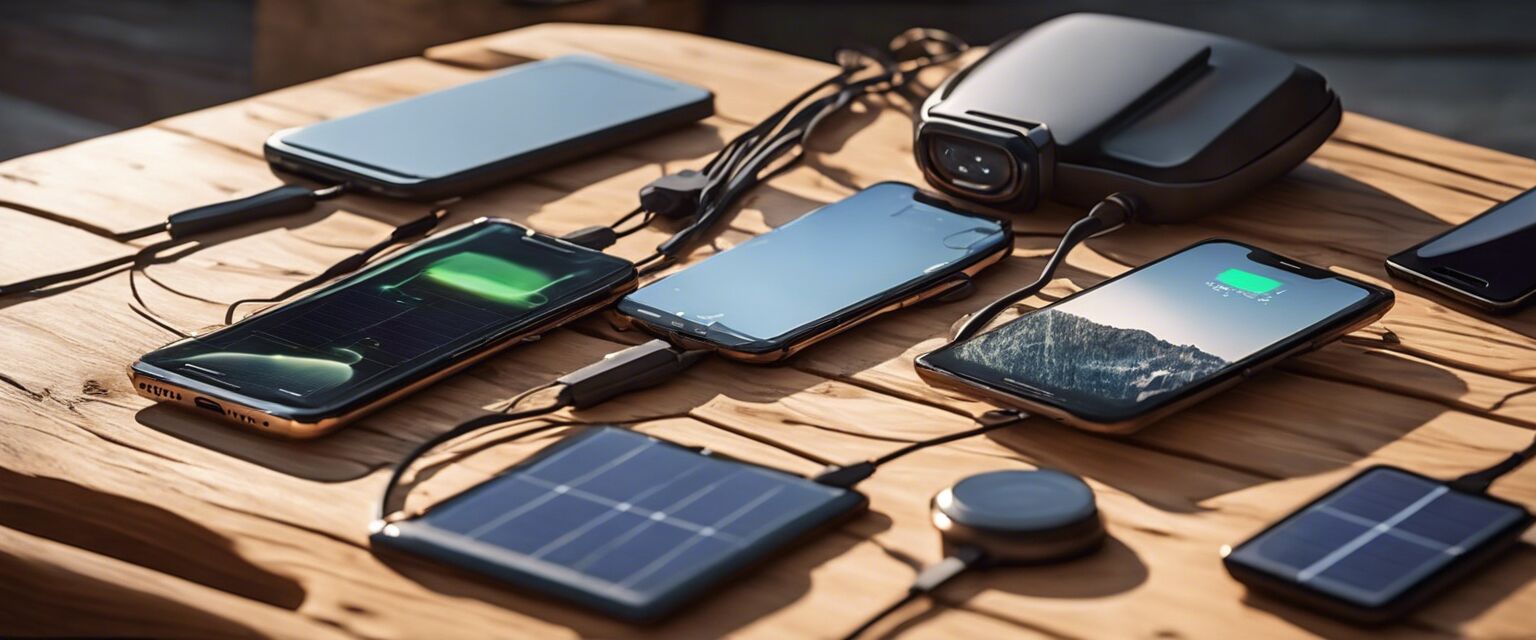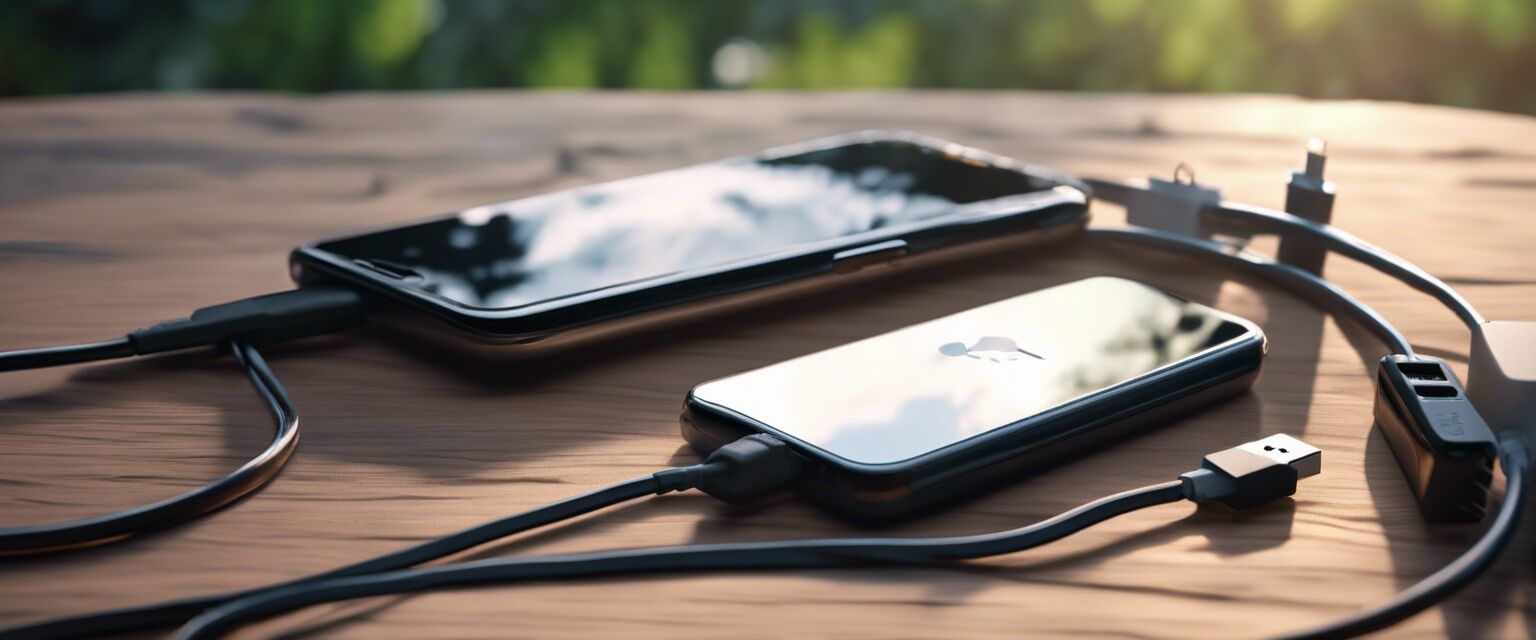
Recycled Plastic Phone Cases
Key Takeaways
- Recycled plastic phone cases help reduce plastic waste.
- These cases are durable and provide good protection for your phone.
- Choosing recycled materials supports sustainable practices.
- Many brands offer stylish designs in recycled plastic options.
In today's world, sustainability is more important than ever. One way to contribute positively to the environment is by choosing recycled products. Recycled plastic phone cases are not only eco-friendly but also stylish and functional. In this article, we will explore the benefits of using recycled plastic phone cases, their features, and how they contribute to a greener planet.
What are recycled plastic phone cases?
Recycled plastic phone cases are made from plastic materials that have been reclaimed, processed, and reused. This process helps divert plastic waste from landfills and oceans, which is critical for reducing pollution and conserving natural resources.
Benefits of using recycled plastic phone cases
| Benefit | Description |
|---|---|
| Environmental impact | Helps reduce the amount of plastic waste in the environment. |
| Durability | Recycled plastics can be highly durable, providing excellent phone protection. |
| Stylish options | Available in various colors and designs to suit individual tastes. |
| Support for sustainable practices | Buying recycled products encourages companies to adopt eco-friendly practices. |
How recycled plastic phone cases are made
The production of recycled plastic phone cases typically involves the following steps:
- Collection: Recyclable plastics are collected from various sources.
- Sorting: The plastics are sorted by type and color.
- Processing: The sorted plastics are cleaned and processed into pellets.
- Molding: The pellets are then molded into the desired shape of the phone case.
Comparison with traditional plastic phone cases
| Feature | Recycled Plastic Cases | Traditional Plastic Cases |
|---|---|---|
| Environmental impact | Lower carbon footprint; reduces waste | Higher carbon footprint; contributes to plastic waste |
| Durability | High durability | Varies widely |
| Design options | Unique and stylish | Common and less diverse |
| Price | Often similar or slightly higher | Generally lower |
Popular materials used in recycled plastic phone cases
Here are some common materials used to create recycled plastic phone cases:
- Polyethylene Terephthalate (PET)
- High-Density Polyethylene (HDPE)
- Polypropylene (PP)
- Other recycled plastics
Eco-conscious brands producing recycled plastic phone cases
Many brands are committed to sustainability and produce high-quality recycled plastic phone cases. Choosing these brands not only helps you get a great product but also supports a greener planet. Some of these brands include:
How to choose the right recycled plastic phone case
When selecting a recycled plastic phone case, consider the following factors:
- Phone compatibility: Ensure the case fits your specific phone model.
- Durability: Look for cases that offer good protection against drops and scratches.
- Design: Choose a style and color that reflects your personal taste.
- Brand ethics: Research the brandâs commitment to sustainability and eco-friendly practices.
Tips for maintaining your recycled plastic phone case
- Clean the case regularly with mild soap and water.
- Avoid exposing the case to extreme heat or direct sunlight for long periods.
- Store your phone in a cool, dry place to prolong the case's lifespan.
Conclusion
Recycled plastic phone cases are an excellent choice for environmentally conscious consumers looking for both style and functionality. By choosing these cases, you not only protect your phone but also contribute to reducing plastic waste and supporting sustainable practices. Explore our range of recycled material phone accessories and make a difference with your purchase!
Pros
- Environmentally friendly
- Durable and protective
- Stylish designs available
- Supports sustainable practices
Cons
- May be slightly more expensive than traditional options
- Limited availability in some regions












